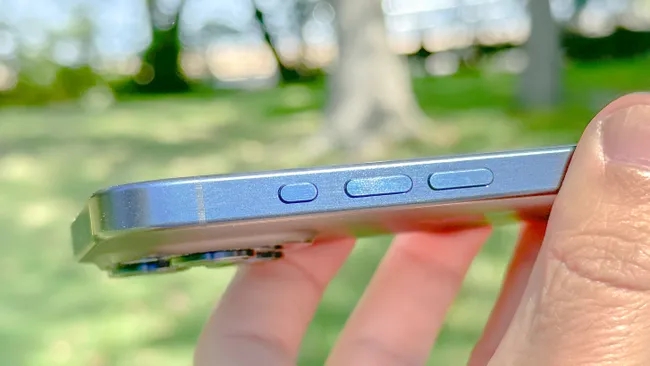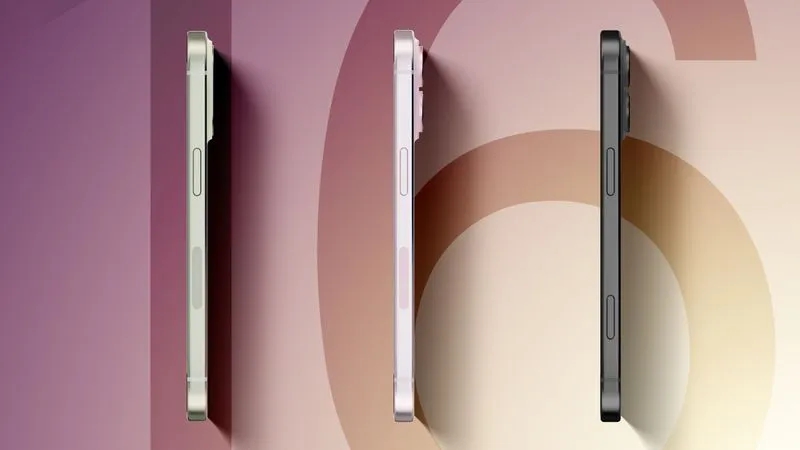Despite rumors swirling for years, many believe Apple plans to ditch the physical buttons from the iPhone. After all, the iPhone 16 is believed to be the first step towards a buttonless device.
While ditching mechanical buttons would certainly give the iPhone a cleaner look and could reduce moving parts that could fail, Tom’s Guide argues that it would be a terrible idea.
First, it’s worth looking at the pros and cons of removing buttons from the iPhone, as well as how it would affect the experience.
Overall, the negatives likely outweigh the positives.

Pros of removing iPhone buttons
There are a few benefits to removing physical buttons from the iPhone, including giving the device a cleaner look. While Apple could do this by simply fixing the iPhone 16’s protruding camera bump, buttons inherently add bulk.
Another big issue with buttons is that they are prone to failure since they are a moving part. This could be due to user error or simply wear and tear over time — something that’s more common than you might think. Plus, the small crevices around the buttons can collect dust and grit, making the phone look dirty, unsanitary and less water-resistant.
Finally, there are a few minor annoyances that would go away with a buttonless iPhone. Many people have likely experienced the frustration of accidentally pressing the shutter button while their phone is in their pocket or bumped a button while handling their phone. Removing buttons could make the phone more difficult to wake up unintentionally.

Cons of removing iPhone buttons
However, there are more downsides to removing buttons from the iPhone than advantages. The lack of physical buttons would require some other form of control for functions like volume up and down, likely a dedicated on-screen control. The same would need to be true for other buttons, including the power button.
Buttons provide an easy way to access features without having to look at your phone. For example, if you want to turn the volume up or down during a phone call while you’re wearing headphones, you can just reach into your pocket and press a button. Without buttons, you’d have to look at your phone to do the same thing.
What if Apple switched to capacitive touch buttons for power and volume, as recent rumors suggest? They wouldn’t have any moving parts and instead use haptic feedback and touch to work. Implementing this technology could reduce the likelihood of failure mentioned above.
However, capacitive buttons are complex. Apple reportedly planned to use them on the iPhone 15 Pro and iPhone 15 Pro Max but found it too difficult to get them to work reliably. It’s unclear whether Apple would have enough time to solve those problems for the iPhone 16.
Apple may well remove physical buttons some day, perhaps not with the iPhone 16 but by the iPhone 17 or 18. However, Tom’s Guide believes ditching buttons entirely would be a mistake, and Apple would be foolish to do so.
Apple’s best course of action may be using capacitive buttons or some combination of physical and digital buttons, if it can solve the engineering challenges.







































